The last few weeks have been pretty volatile in the markets. OPEC reduced oil production by 2 million barrels a day, the Dow saw its worst day since 2020, the British PM, Liz Truss, resigned after only six weeks, and currencies around the world (including the Pound) are dropping precipitously in value.
With markets making new lows and volatility shaking out investors in both directions, I thought this would be an excellent time to talk about coping with losses and managing your anxieties during "scary times." I last shared this at the apex of COVID fear … and it's just as relevant today.
The Anxiety Antidote
"When the trough gets smaller … the pigs get meaner." - Dan Sullivan
Many people are suffering from "I should have …", or "if I would have …", or "if I could have …" thoughts.
The problem is that thoughts like those create more stress and distraction. They are a lens focused on loss, difficulties, past events, things that are missing, and what you don't want.
Think of them as an unhealthy reflex that wastes energy, confidence, and time.
All We Have To Fear Is Fear Itself
I often talk about market psychology and human nature. The reason is that markets reflect the collective fear and greed of its participants… people tend to get paralyzed during scary times like these.
But it's not the economy that makes people feel paralyzed. People feel paralyzed because of their reactions and their beliefs about the economy. Your perceptions become your reality.
A little examination reveals that most fear is based on a "general" trigger rather than a "specific" trigger. In other words, people are afraid of all the things that could happen and are paralyzed by the sheer scope of possibilities. These things don't even have to be probabilities in order to scare them.
You gain a competitive advantage as soon as you recognize that it's not logical. Why? Because as soon as you distinguish that fear as not necessarily "true", you can refocus your insights and energy on moving forward. You can act instead of react. You make better decisions when you come from a place of calm instead of fear… so create that calm.
Even a challenging environment, like this, presents you with opportunities if you watch for them … or even better, if you create them.
The Scary Times Success Manual
The goal is to move forward and feel better. Strategic Coach offers ten strategies for transforming negativity and unpredictability into opportunities for growth, progress, and achievement. They call it the "Scary Times Success Manual," and what follows are some excerpts:
Forget about your difficulties; focus on your progress.
Because of some changes, things may not be as easy as they once were. New difficulties can either defeat you or reveal new strengths. Your body's muscles always get stronger from working against resistance. The same is true for the "muscles" in your mind, your spirit, and your character. Treat this whole period of challenge as a time when you can make your greatest progress as a human being.
Forget about events; focus on your responses.
When things are going well, many people think they are in control of events. That's why they feel so defeated and depressed when things turn bad. They think they've lost some fundamental ability. The most consistently successful people in the world know they can't control events – but continually work toward greater control over their creative responses to events. Any period when things are uncertain is an excellent time to focus all of your attention and energy on being creatively responsive to all of the unpredictable events that lie ahead.
Forget about what's missing; focus on what's available.
When things change for the worse, many desirable resources are inevitably missing – including information, knowledge, tools, systems, personnel, and capabilities. These deficiencies can paralyze many people, who believe they can't make decisions and take action. A strategic response is to take advantage of every resource that is immediately available in order to achieve as many small results and make as much daily progress as possible. Work with every resource and opportunity at hand, and your confidence will continually grow.
Forget about your complaints, focus on your gratitude.
When times get tough, everyone has to make a fundamental decision: to complain or to be grateful. In an environment where negative sentiment is rampant, the consequences of this decision are much greater. Complaining only attracts negative thoughts and people. Gratitude, on the other hand, creates the opportunity for the best thinking, actions, and results to emerge. Focus on everything that you are grateful for, communicate this, and open yourself each day to the best possible consequences.
Click here to download the full PDF version.
Final Thoughts
The VIX (Cboe's Volatility Index) is regarded as the "Fear Index". While we saw spikes in early October, numbers are significantly lower than the spikes in 2020.
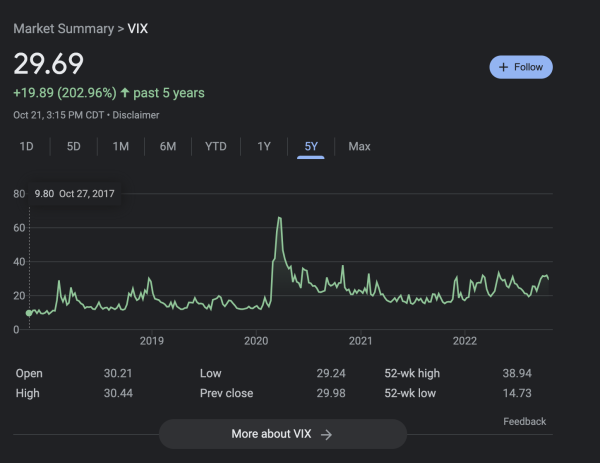
But, numbers have remained higher than pre-pandemic. To me, this shows how uncertain and anxious the average "trader" is with various global trends. We can discuss all the long or short-term causes of the rises and falls of markets, but I don't think it does much good. I let the algorithms worry about those.
I sound like a broken record, but volatility is the new normal.
- Markets exist to trade, and if there's no "excitement" on either side, trades don't happen
- Trades are getting faster, which means more information has to confuse both the buyer and the seller
- You're no longer competing solely against companies and traders like you. It's like the cantina from Star Wars, you've got a bunch of different creatures (and bots) interacting and fighting with each other, trying to figure out how to make their way through the universe
Pair that with all the fear and uncertainty, and you've got a recipe for increased volatility and noise. That means that the dynamic range of a move will be wider and happen in shorter periods of time than ever before. You'll hear me echo this thought over the next few years as the ranges continue to expand and compress. Cycles that used to play out over weeks now take days or hours. The game is still the same, it just takes a slightly different set of skills to recognize where the risks and opportunities are.
There's a difference between investing and trading. On some level, I believe some humans can still invest well (assuming that they do the research, find an edge, and minimize the fear, greed, and discretionary mistakes that negatively impact results. However, for most people, believing that they can trade (personally) is dangerous. There are simply too many things to pay attention to – and the ratio of signal to noise is difficult to overcome as well.
The crucial distinction is between adding data and adding information. Adding more data does not equal adding more information. In fact, blindly adding data increases your chances of misinformation and spurious correlations.
Today's paradigm – both in life and in trading – is about noise reduction. It's about figuring out what moves the needle and focusing only on that.
Said a different way, if you don't know what your edge is, you don't have one.
Meanwhile, if you do know what your edge is (regardless of how scary the times are), keep calm and carry on.
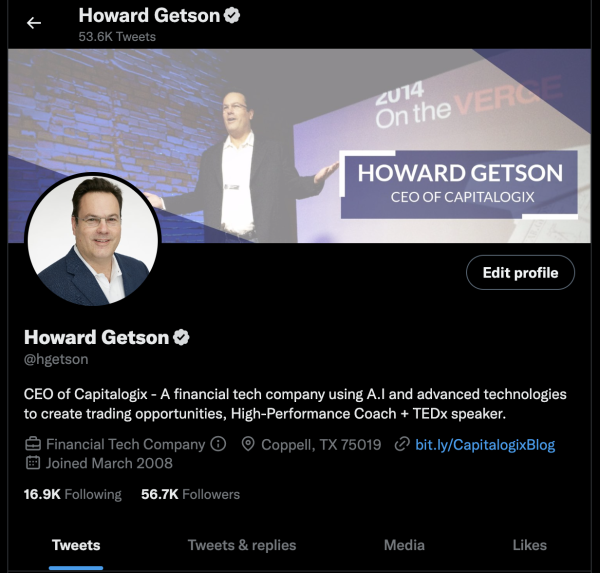 via twitter
via twitter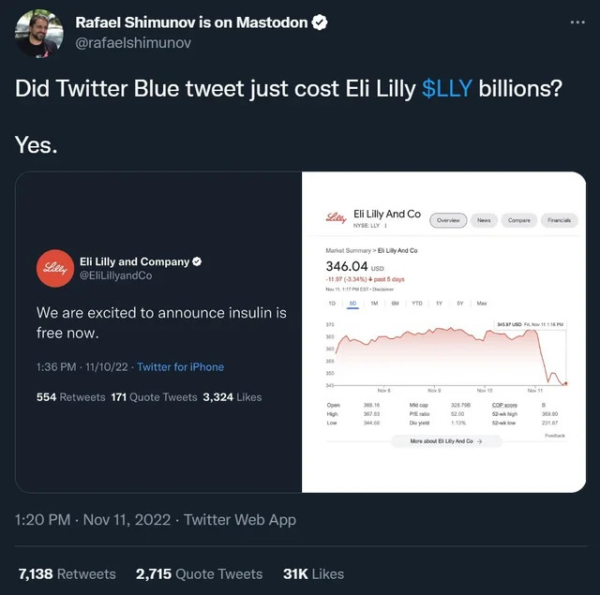



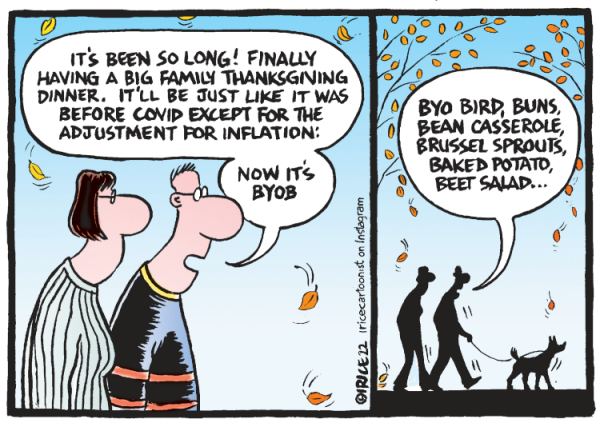
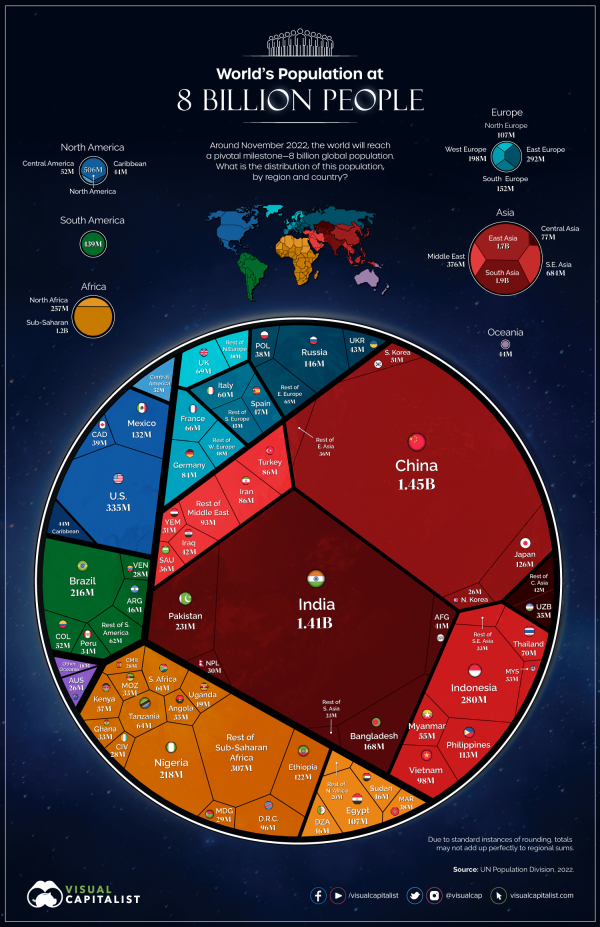 via
via 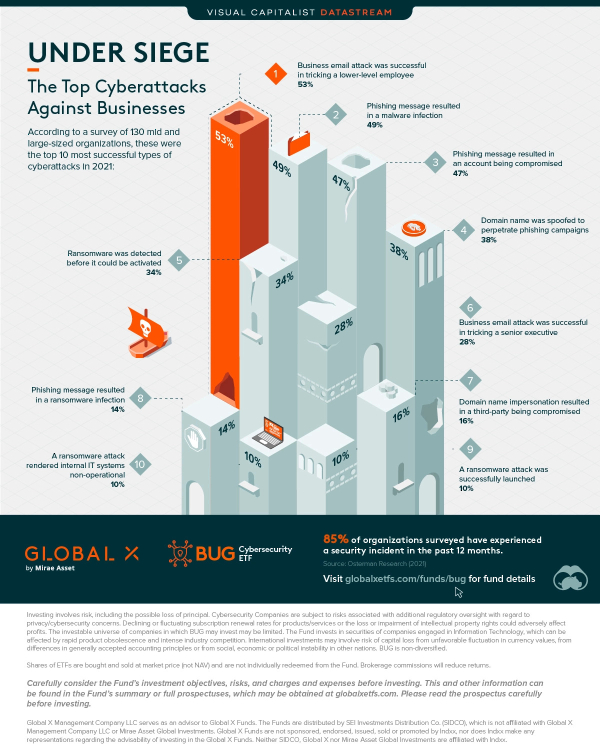

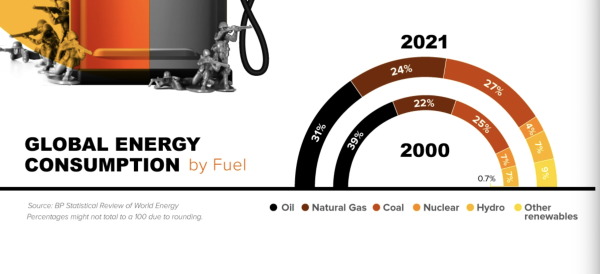 View the full infographic at
View the full infographic at  View the full infographic at
View the full infographic at